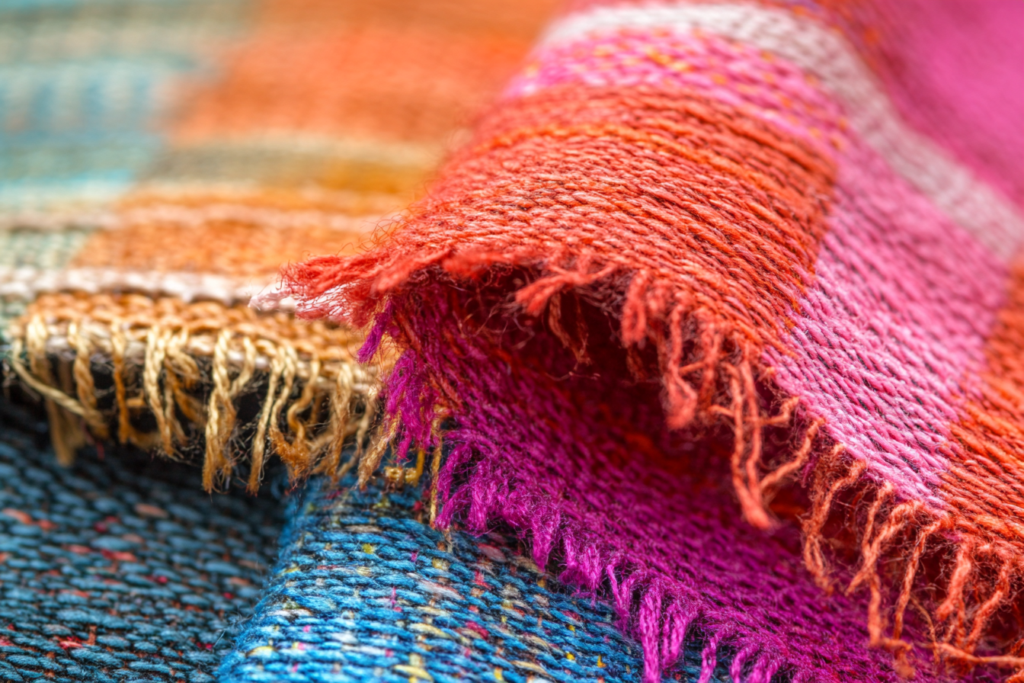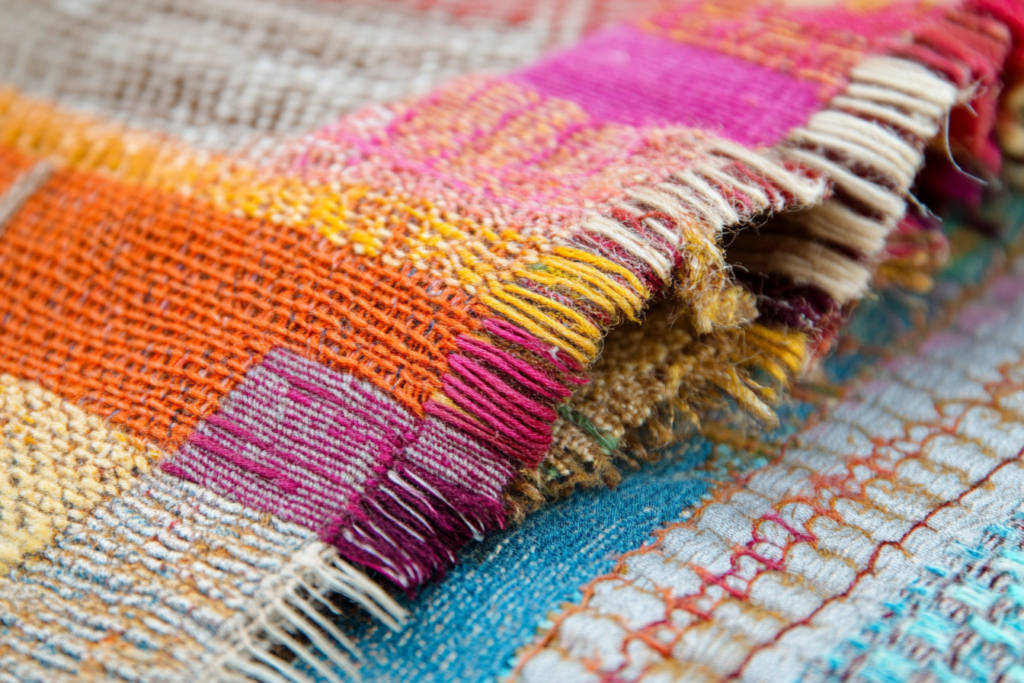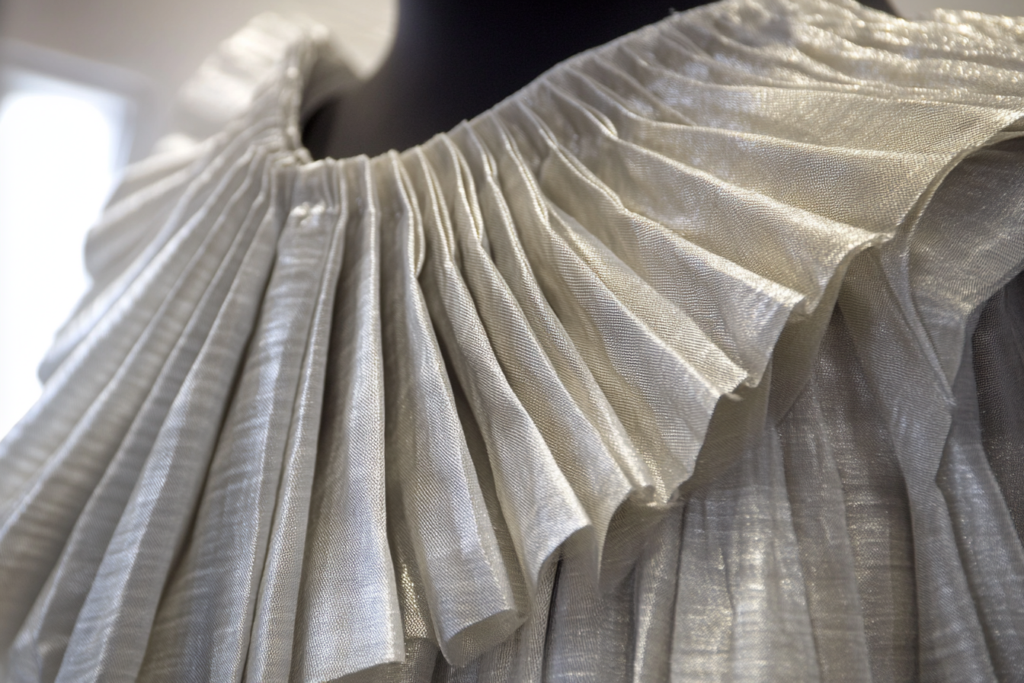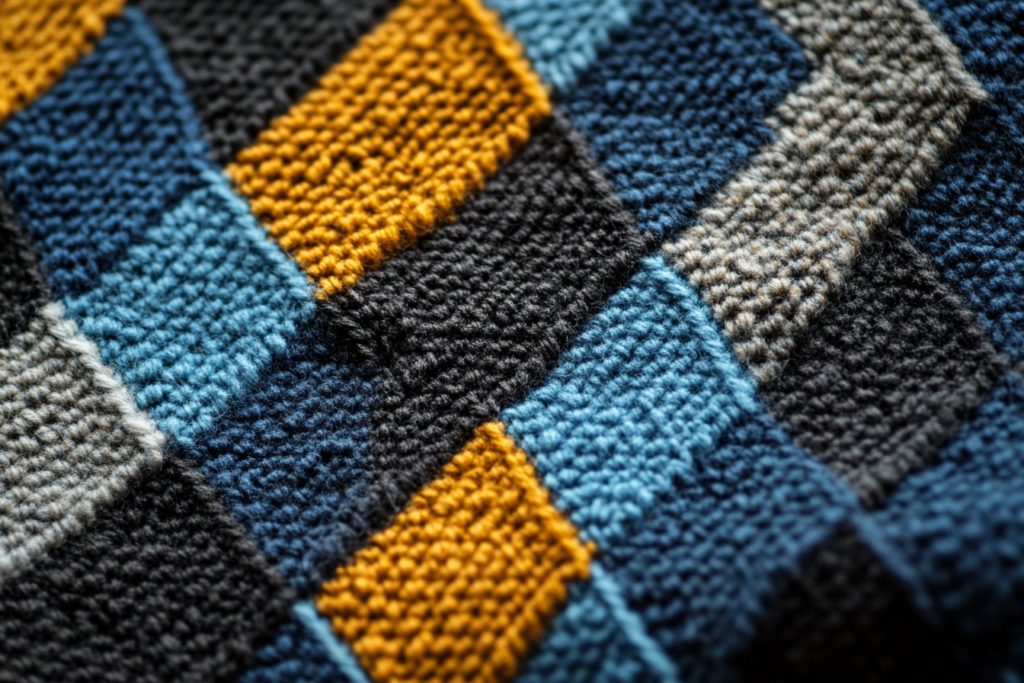Yarn Skewed or Torqued: Understanding Fabric Distortion
Meta Description: Yarn skewed or torqued refers to misaligned threads in woven fabric. Learn how yarns become staggered and crossed, causing fabric distortion, and how it impacts textile quality.
What is Yarn Skewed or Torqued?
Yarn skewed or torqued refers to the misalignment of yarns in woven fabric, where the threads become staggered and crossed from the edge of the fabric to other areas. This results in a distorted pattern, causing the fabric to appear uneven or twisted.
When yarns become skewed or torqued, it leads to fabric distortion that can affect the overall quality, appearance, and performance of the textile. Understanding this phenomenon is essential for manufacturers, designers, and fabric enthusiasts to avoid production issues and ensure the final product meets desired standards.


How Does Yarn Skewed or Torqued Happen?
Yarn skewing or torquing can occur during various stages of fabric production, but it is most commonly associated with the weaving process. Here are some common causes:
1. Tension Issues During Weaving
- Uneven tension on the warp or weft yarns during weaving can cause them to shift, resulting in a twisted appearance across the fabric.
- Incorrect loom adjustments may also contribute to misaligned threads.
2. Thread Types and Weave Patterns
- Fabrics made from different yarn types (e.g., synthetic vs. natural fibers) may experience inconsistent stretching during weaving, leading to skewing.
- Complex weave patterns that involve interlacing yarns at different angles can also create torqued yarns, especially if the tension is not controlled.
3. Post-Weaving Handling
- After weaving, fabric may become distorted during transportation, cutting, or dyeing, causing the yarns to skew.
- Improper folding or storage can further exacerbate the problem by causing the yarns to shift and twist.
Effects of Yarn Skewed or Torqued on Fabric
1. Distorted Appearance
- Skewed yarns can make the fabric look uneven and cause the design or weave pattern to lose its symmetry. This can affect the aesthetic quality of the fabric, especially in high-end textiles or fashion garments.
2. Impaired Durability
- Misaligned yarns may weaken the fabric, leading to areas that are prone to wear and tear. This can decrease the overall strength and longevity of the textile, making it less suitable for high-stress applications.
3. Reduced Comfort and Fit
- In clothing, fabric distortion caused by skewed yarns can lead to uneven stretching and affect how the garment fits on the body. This may result in uneven drape or discomfort for the wearer.
4. Unpredictable Shrinkage
- Skewed yarns may cause fabric to shrink unevenly during washing, affecting its shape and dimensions. This can lead to garment distortion, especially if the skewing happens after production.
Illustration of Yarn Skewed or Torqued in Fabric
Below is an illustration showing how yarns can become skewed or torqued in a woven fabric. It clearly demonstrates how threads are staggered and crossed, causing distortion from the edge of the fabric to the center.

Here is the illustration demonstrating yarn skewed or torqued in woven fabric. It shows how the yarns are misaligned and twisted across the fabric, with the threads visibly staggered and crossed.
As seen in the image, the misalignment of threads disrupts the uniformity of the fabric’s pattern and weave, making the fabric appear twisted or distorted.
How to Prevent Yarn Skewed or Torqued in Fabric Production
1. Maintain Consistent Tension
- Ensure that the tension on the warp and weft yarns is uniform throughout the weaving process. This will help prevent any misalignment or shifting of the yarns.
2. Use Proper Loom Settings
- Regularly check loom settings for adjustments in tension and alignment to ensure the fabric is woven evenly.
3. Post-Weaving Care
- After the fabric is woven, handle it carefully during transportation, cutting, and storage to prevent distortion or skewing of the yarns.
4. Use the Right Yarn Type
- Use matching yarns that have similar elasticity and stretch properties to avoid uneven behavior during weaving.
5. Quality Control During Production
- Implement quality control checks at different stages of production to catch any signs of fabric distortion early in the process.
Conclusion: The Importance of Preventing Yarn Skewed or Torqued Fabrics
Yarn skewed or torqued is a phenomenon that can negatively affect the appearance, strength, and performance of woven fabrics. By maintaining proper weaving techniques, controlling tension, and ensuring consistent fabric handling, manufacturers can prevent this issue and produce high-quality, durable textiles.
Understanding yarn distortion is key to ensuring that the fabric retains its shape, pattern, and durability throughout its life cycle, resulting in better-quality garments and textile products.



